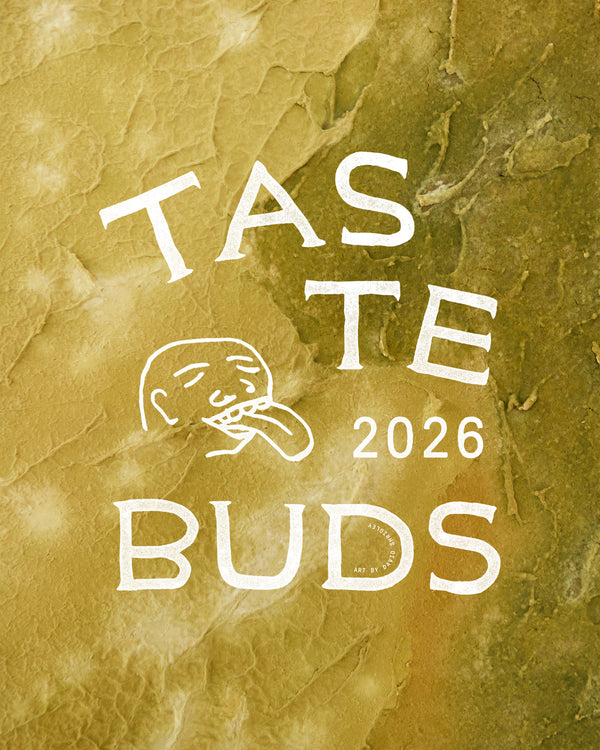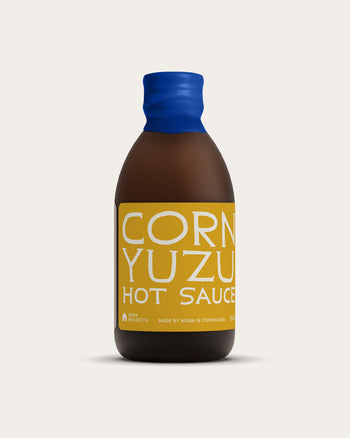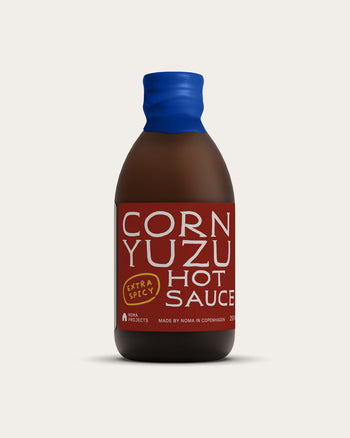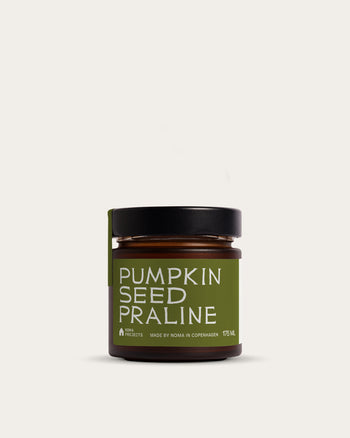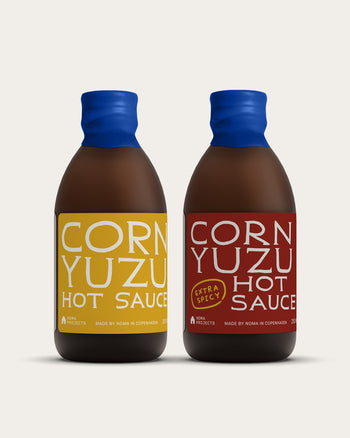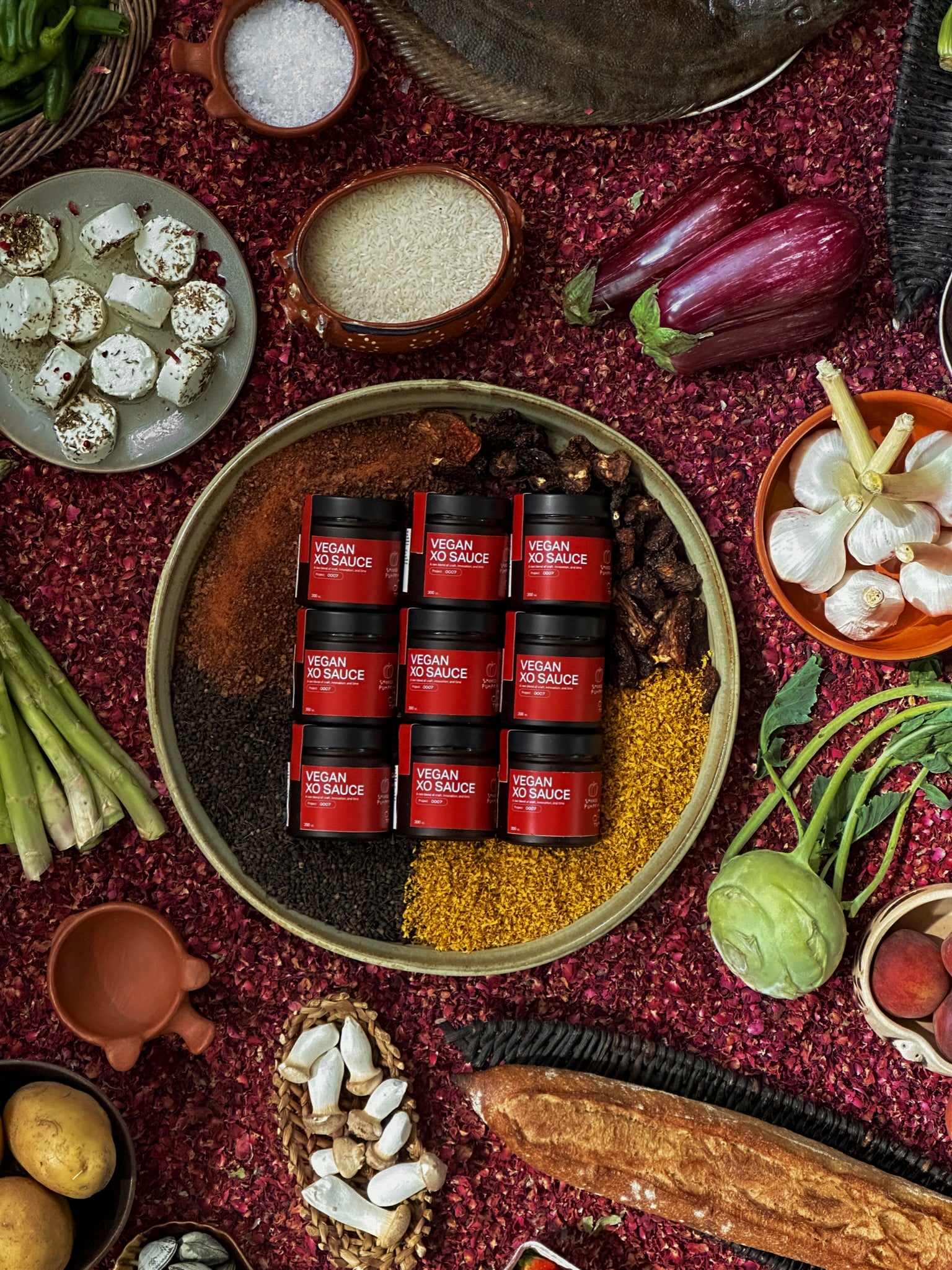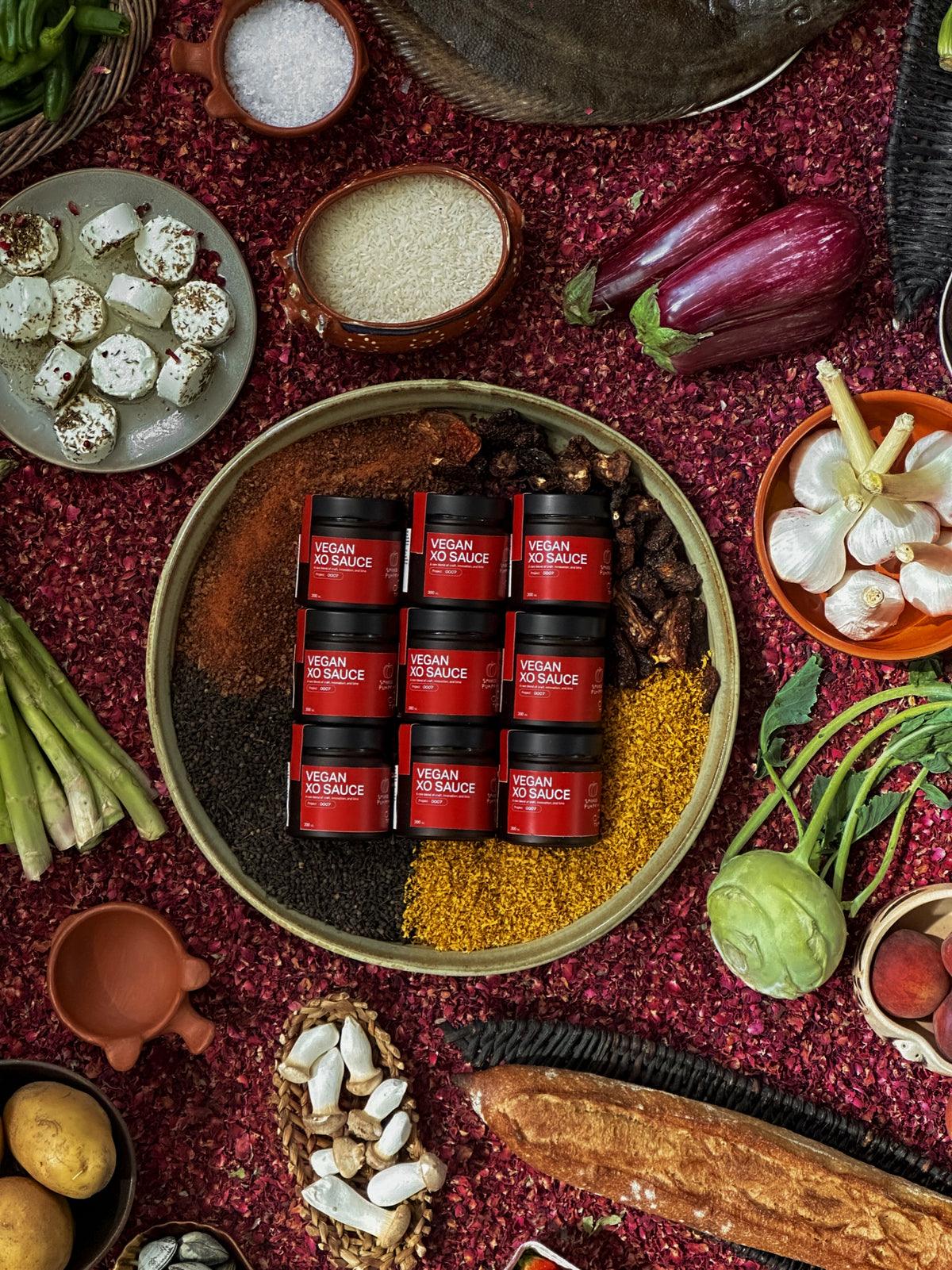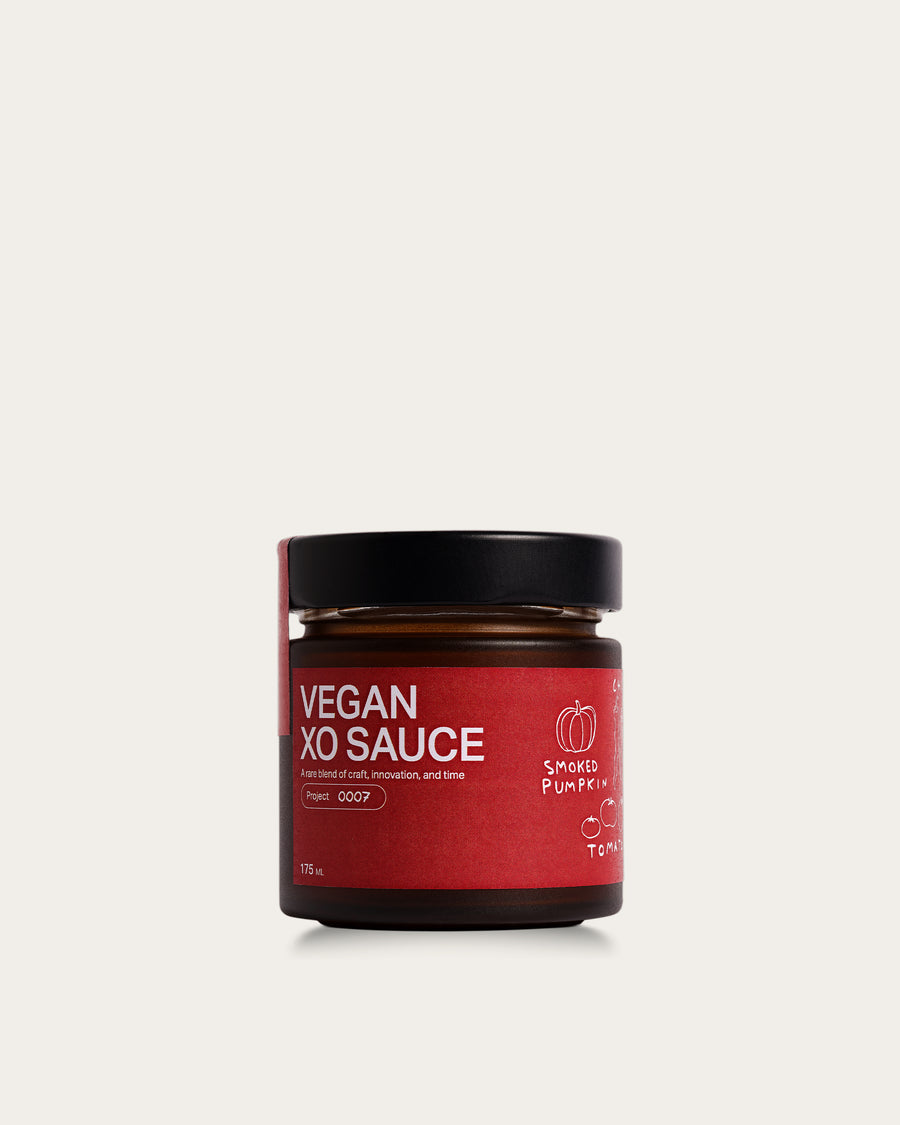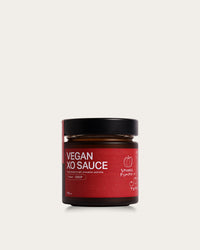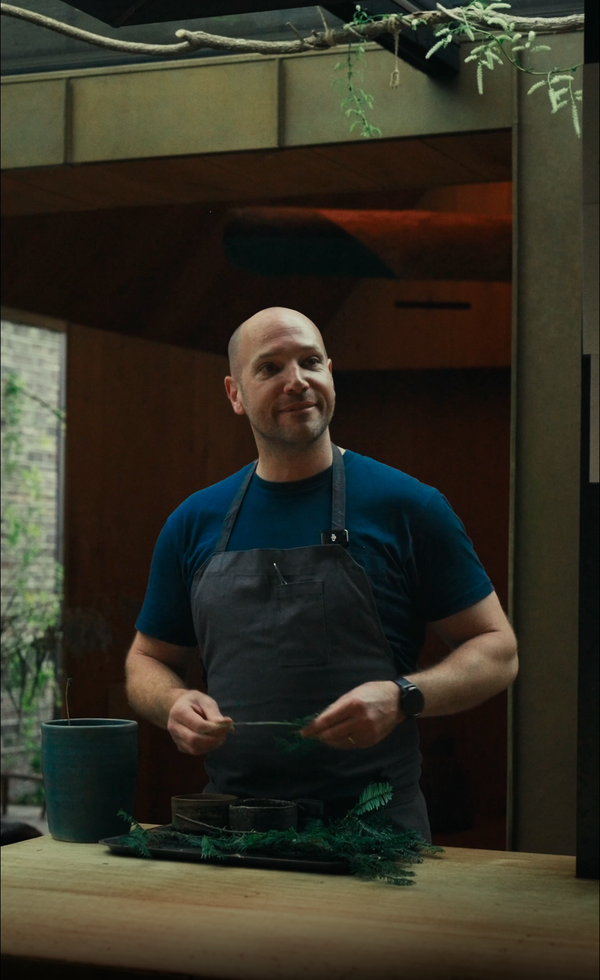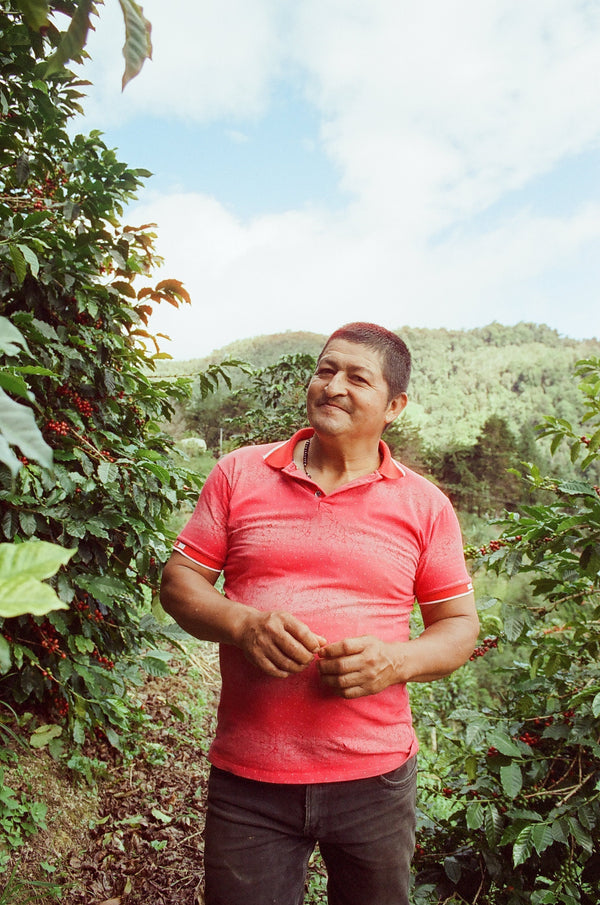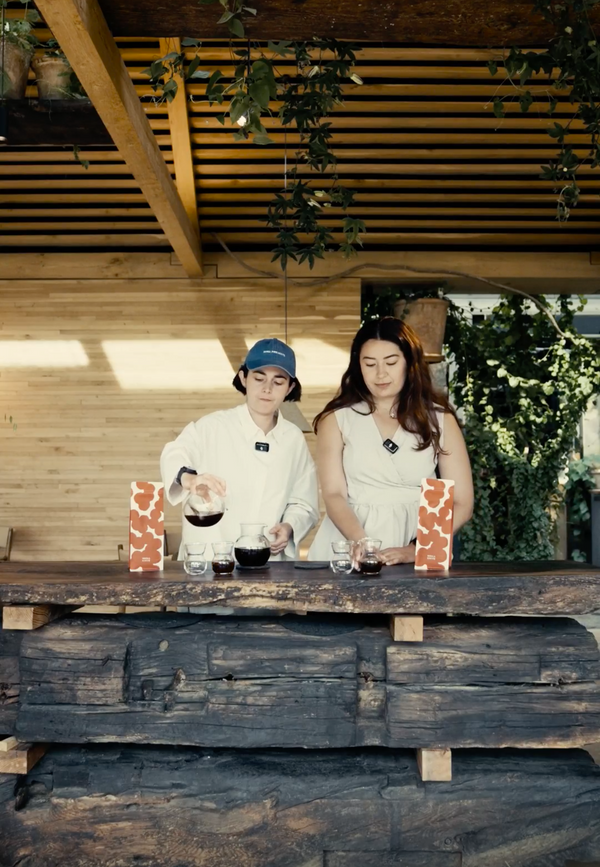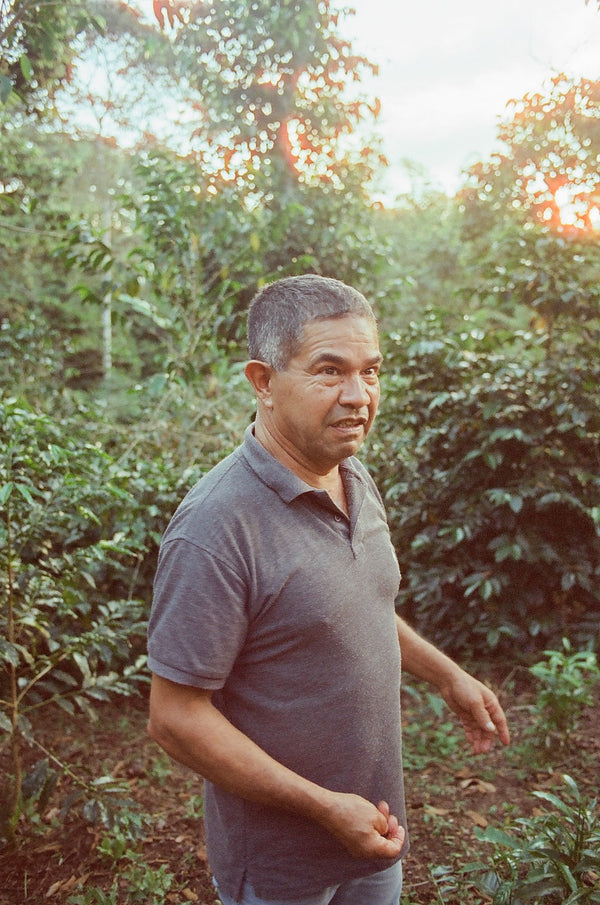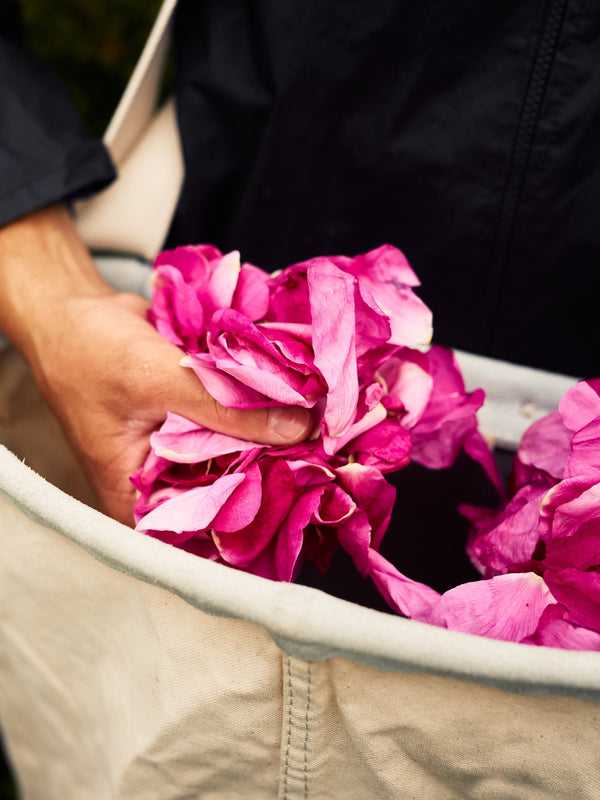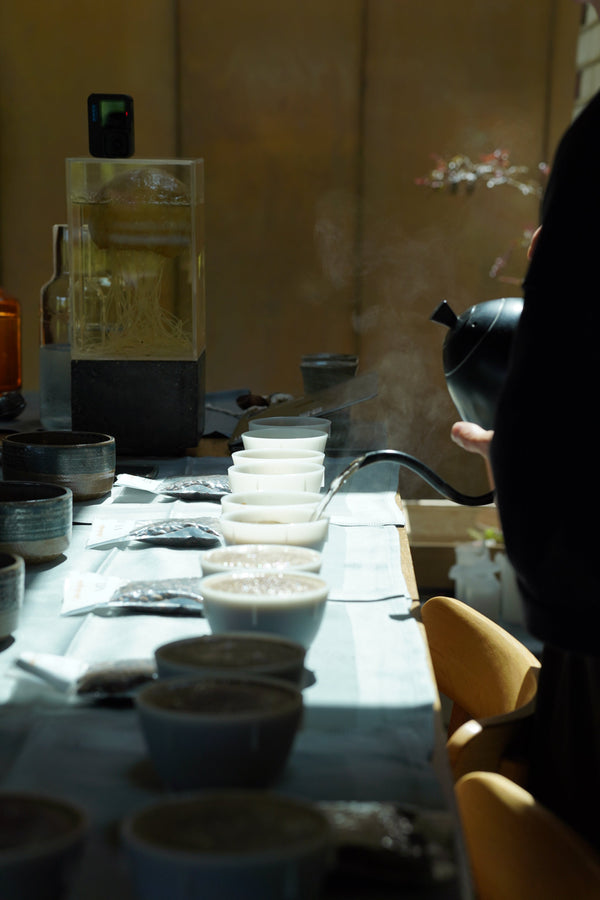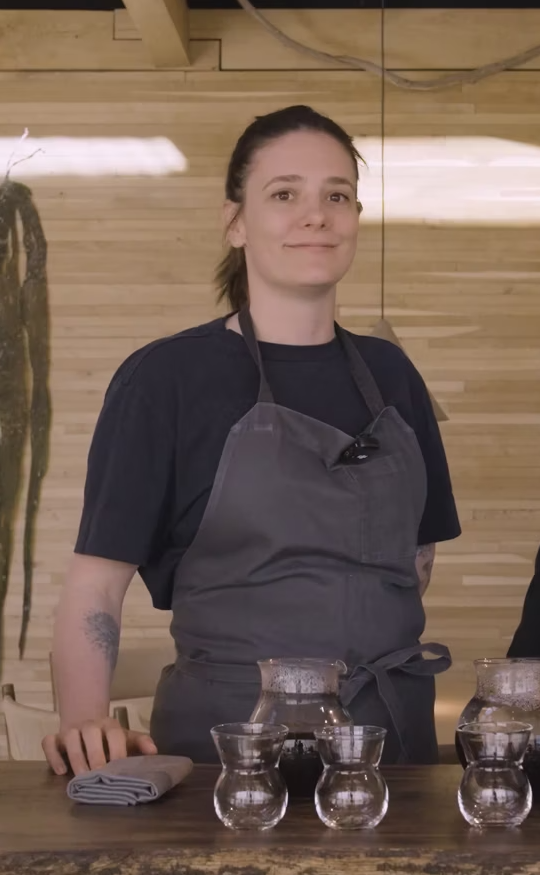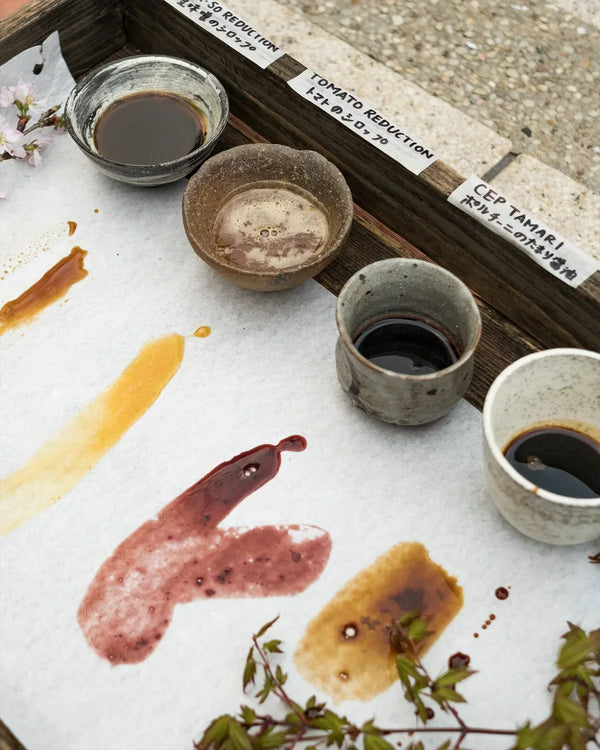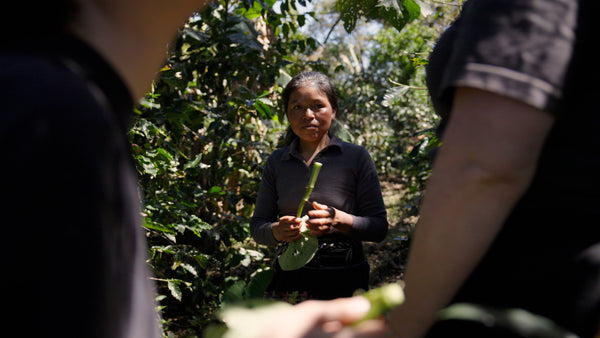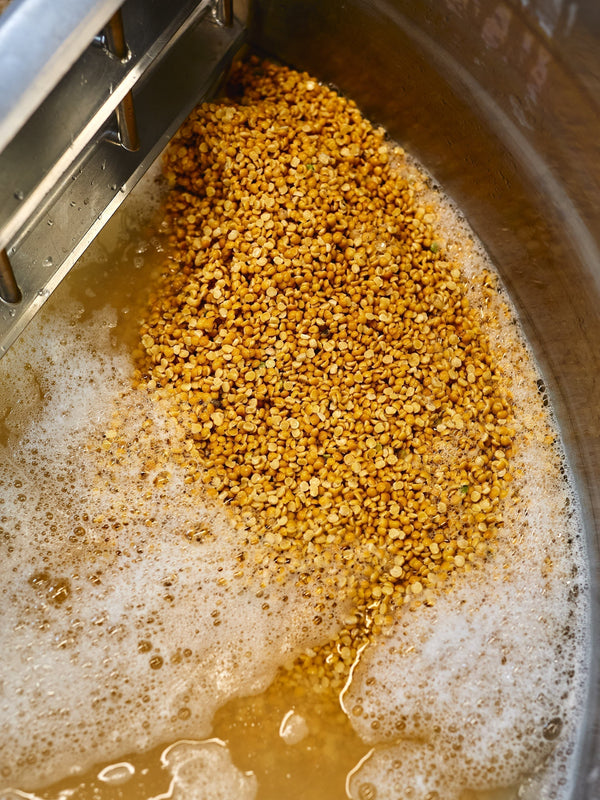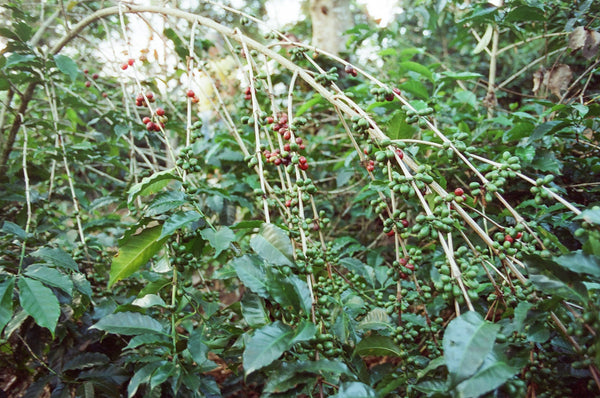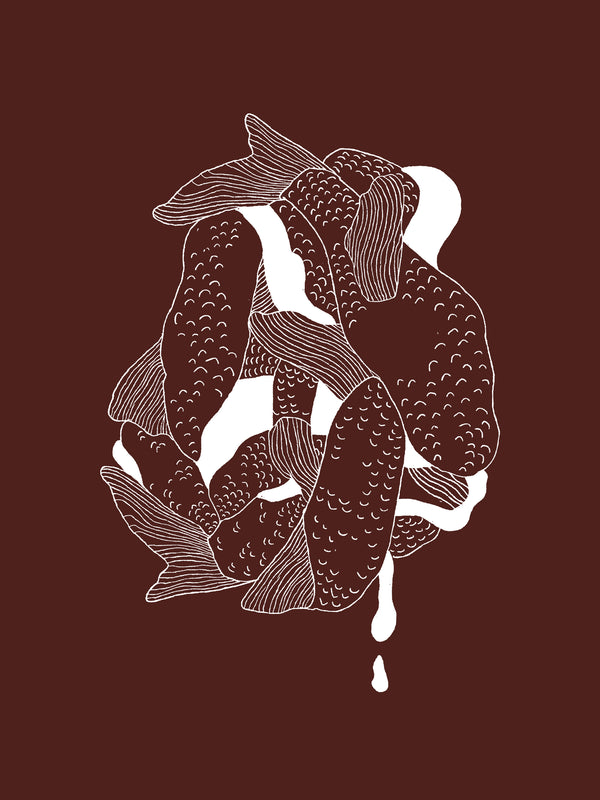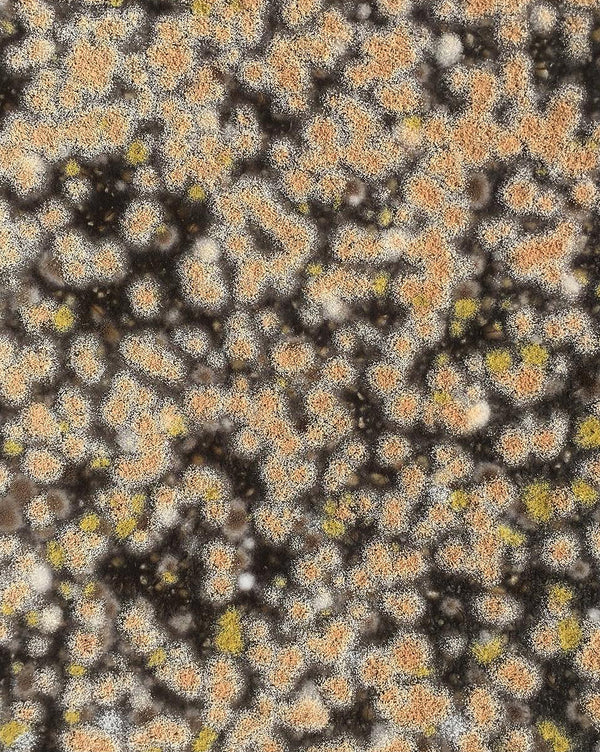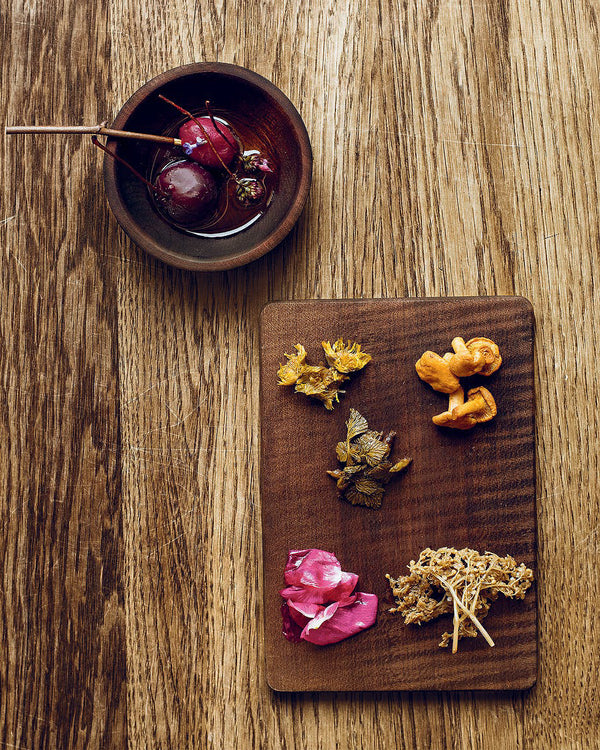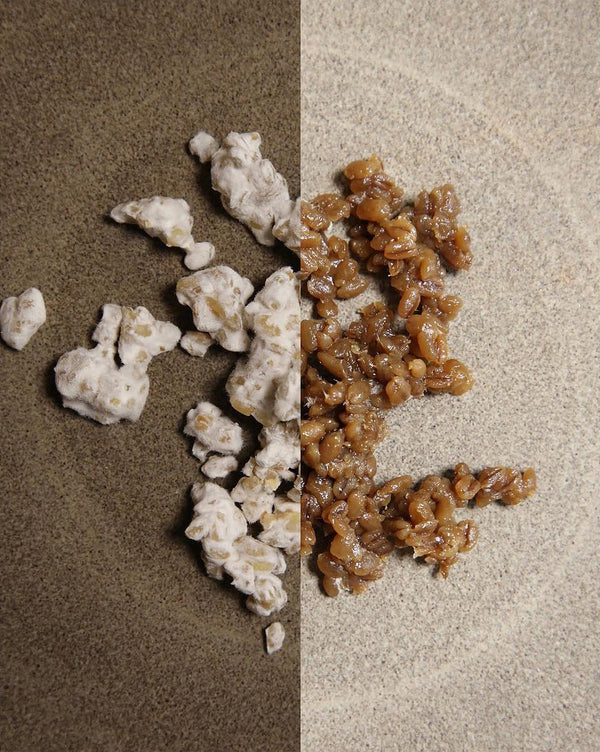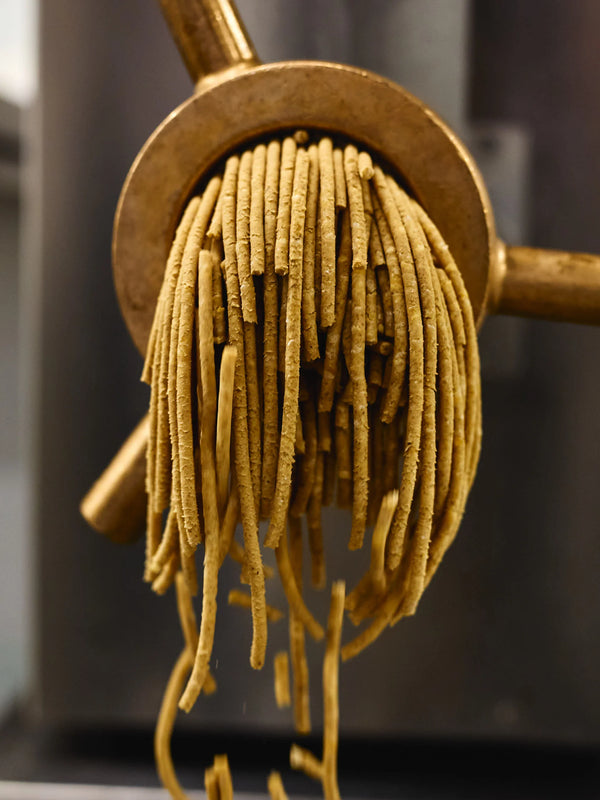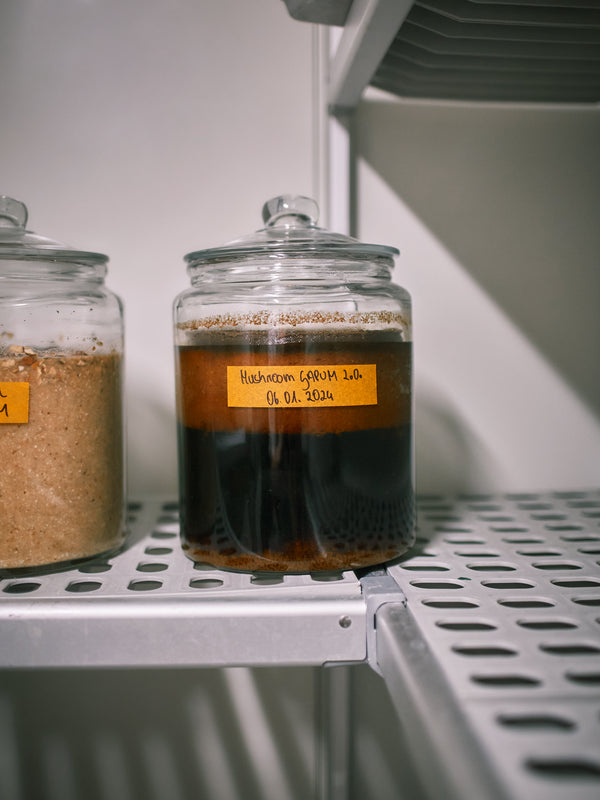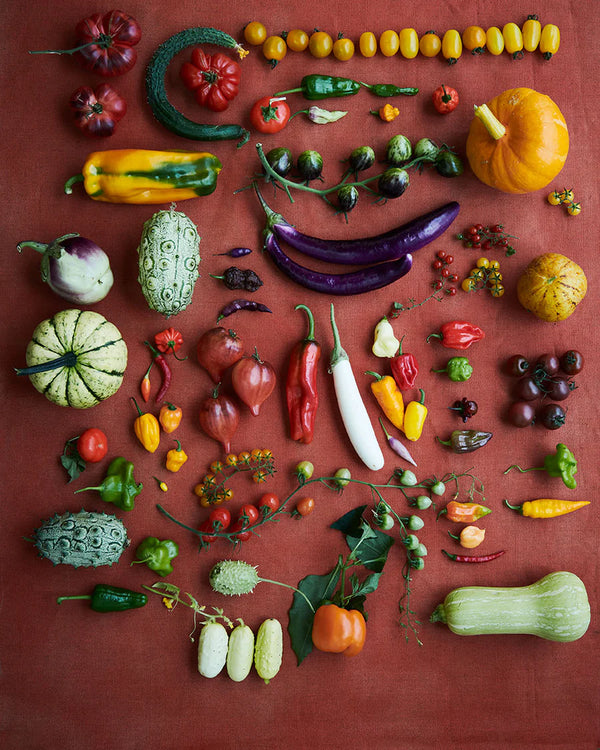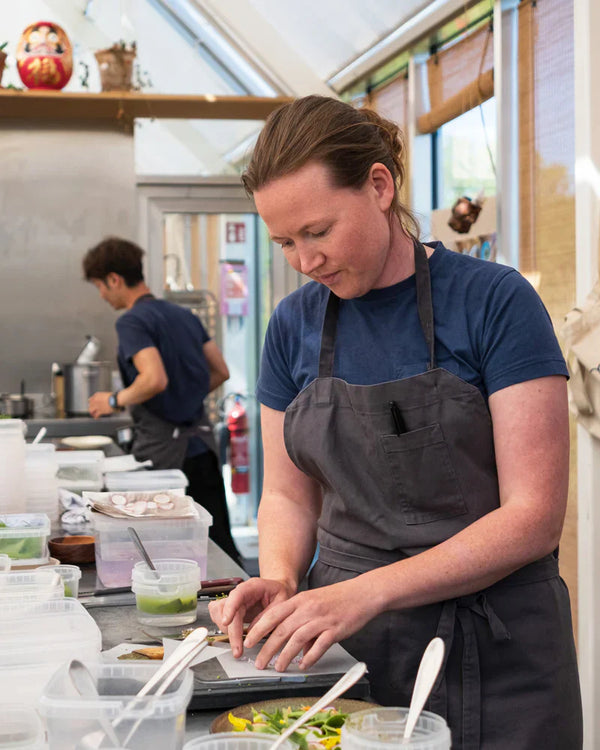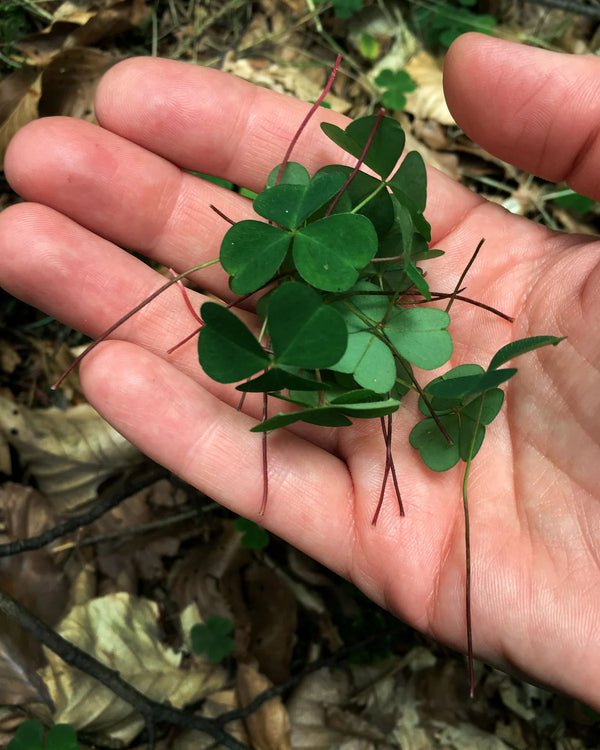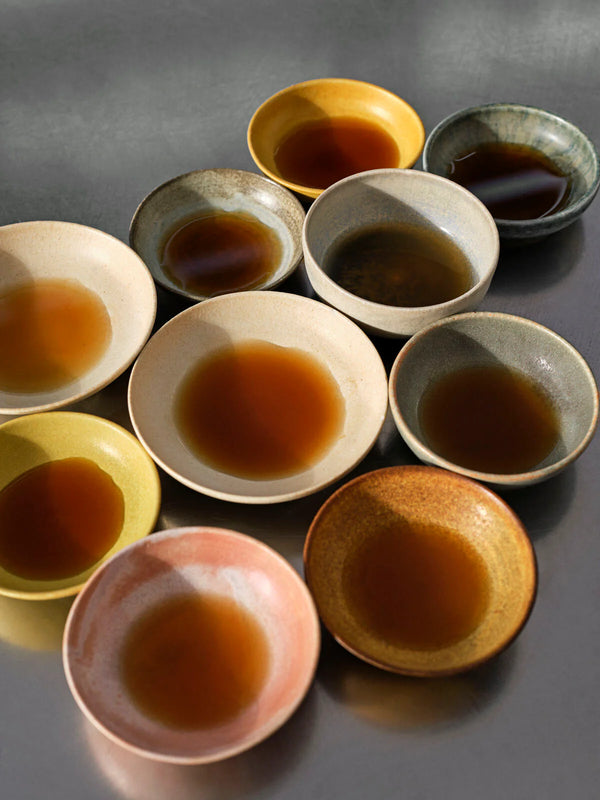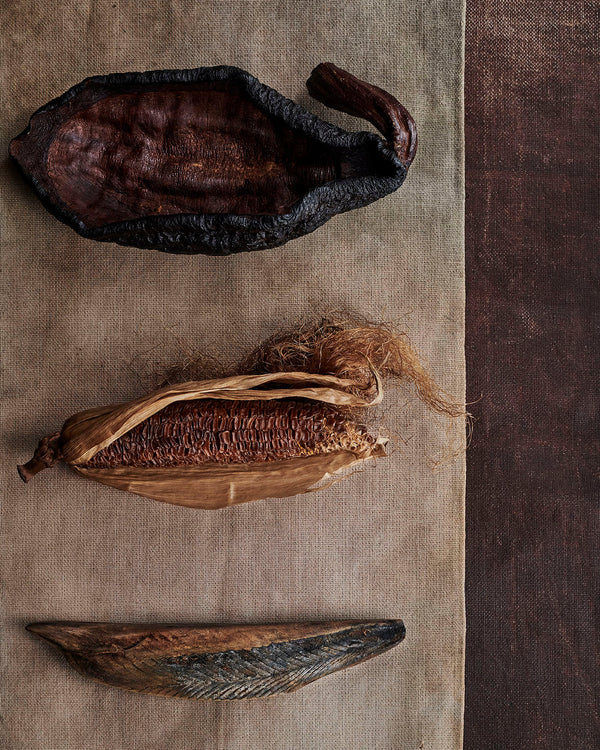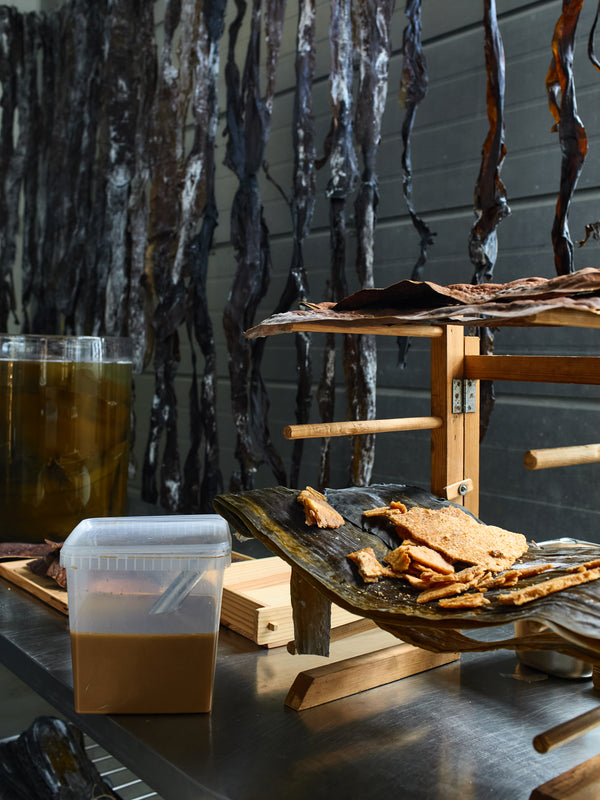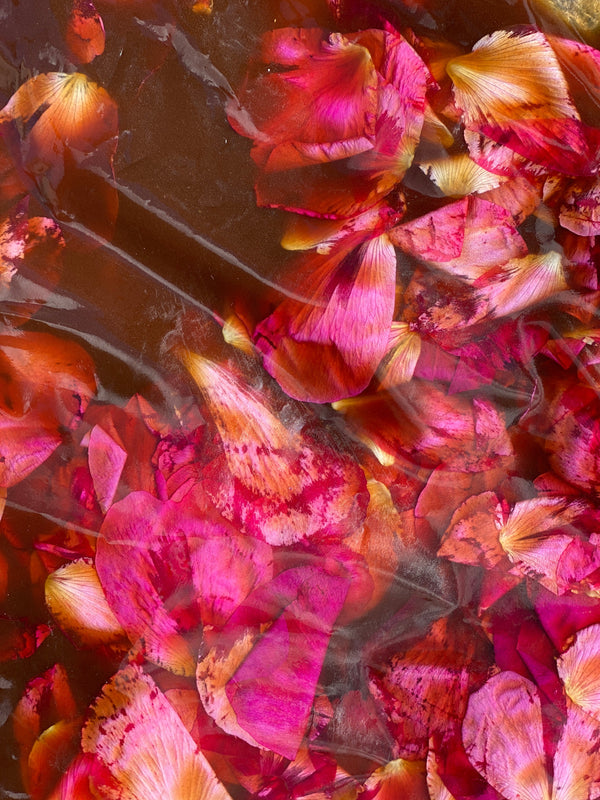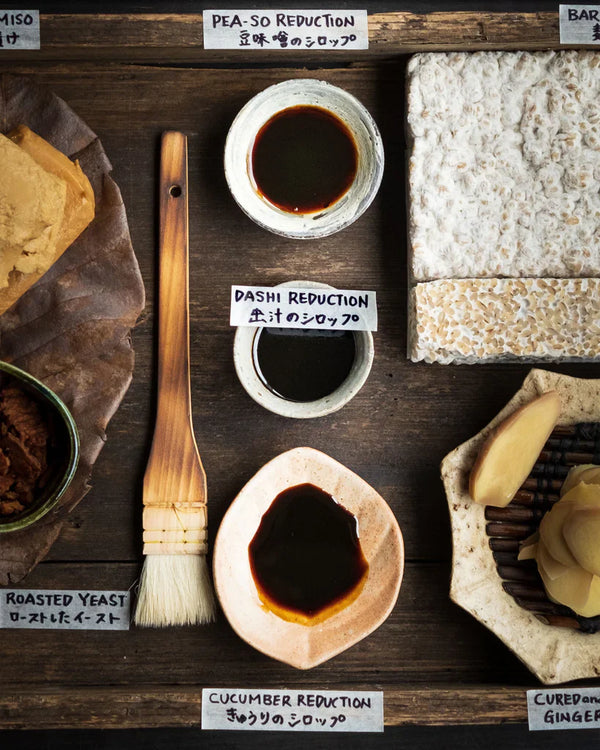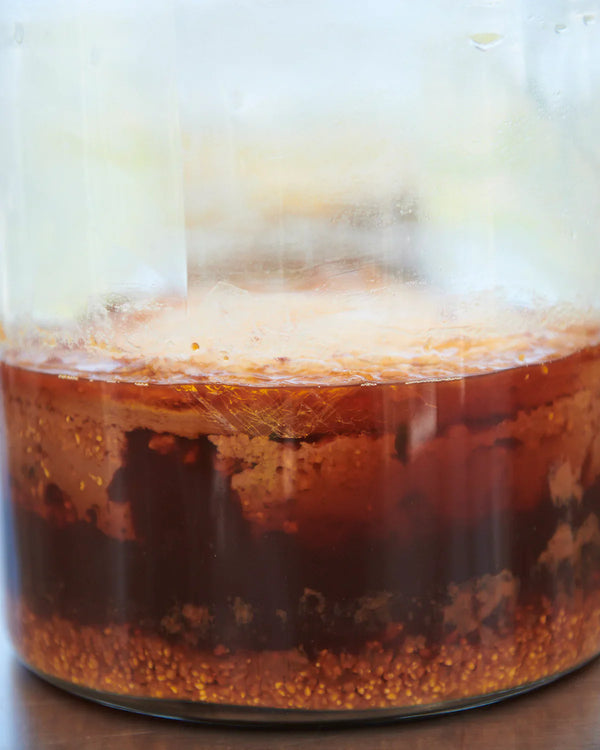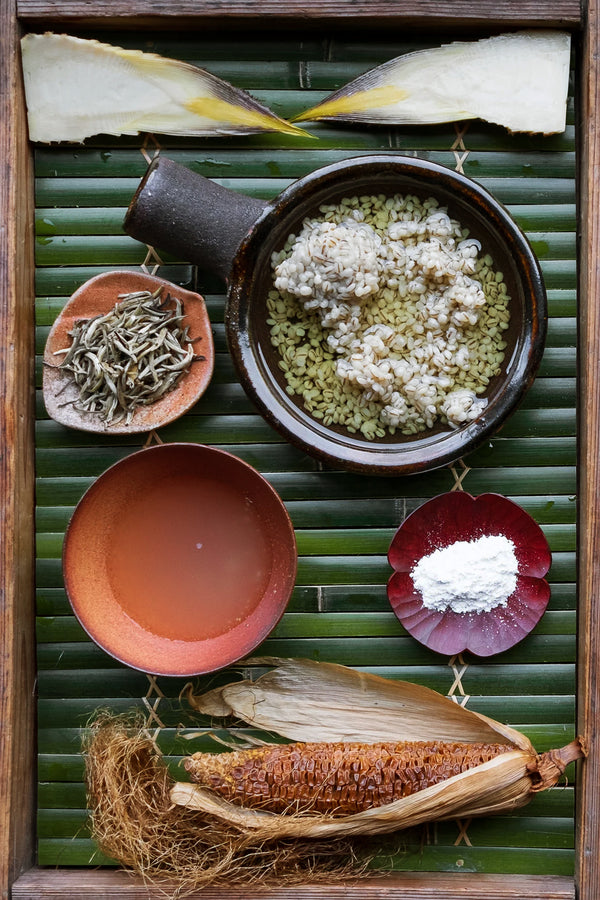Wild Pepper
Piper borbonense, or in Malagasy, voatsiperifery, is a wild member of the genus Piper. “Regular” black pepper, Piper nigrum, is the most famous member of the genus, but only one of many used as a spice. While black pepper dominates its relatives today in Western cuisine, this wasn’t always the case: the culinary canon of spice-loving Medieval and Renaissance Europe also made heavy use of long pepper and cubeb pepper, and their relatively low profile today probably has less to do with anything lacking in their flavor and more to do with 17th-century colonial trade wars.
So what’s in a Piper? Pretty much all of them contain the spicy molecule piperine, but if you’re only looking for spiciness from pepper, you’re missing out on a kaleidoscope of delicate and complex flavors coming out of their aroma profiles. Black pepper and long pepper both go hard on woody and resinous flavors, with long pepper balanced towards deeper, warm-clove-y base notes and black pepper expressing more woody middle and top notes, enriched with citrusy limonene. Choosing wild borbonense, you get a much smaller dose of pungent spiciness, and a way more top-loaded aromascape, with huge notes of citrus, cardamom, heady pine resin, green wood, and a spiced quality with elements of saffron, dill, and nutmeg.
Pumpkin-bushi
Getting katsuobushi from raw fish muscle to ribonucleotide-laden partner to kombu (the marriage makes Dashi) is an exercise in patiently layering, transforming, and infusing flavor, through stages of boiling, drying, smoking, and mold fermentation. Executed traditionally, they’re an icon. Taken abstractly, they’re an opportunity to create something deliciously new.
When I first met Yusuke Sezaki, he had me climbing into the bucket of a forklift to get a better view (and better camera angle) of the layout of his family-owned Katsuobushi facility, Kaneshichi, within five minutes of arriving. Then, he showed me a ring he had made by cutting and polishing the translucent, ruby-pink inner core of a piece of katsuobushi until it looked like a gemstone.
From the outside it could look like irreverence or eccentricity, but what it really reveals is the skill of looking at a situation to deeply understand its nature and function—then taking whatever practical step you need to get the most out of it or express a different side of it. Yusuke-san thinks like really good R&D or test kitchen chefs think: let’s work hard to understand it, let’s not wait to try it out, let’s ruthlessly edit whatever turn out to be the hack ideas (however cool they sound) from the actually good ones.
After years of friendship and collaboration with Yusuke-san, with the knowledge that he was open to experimentation, we suggested applying his craft to other ingredients than bonito. He has since tested dozens, maybe hundreds, of ingredients for how they respond to the katsuobushi-making process. Think: persimmons, flowers, octopus, deer antlers. With the concept in mind of making a meatless reinterpretation of katsuobushi, he’s gotten stunning results with (relatively) humble pumpkins. Pragmatically skipping the mold fermentation step—it didn’t add anything flavor-wise, regardless of how cool it might look on Instagram—halved, seeded, guava-shaped pumpkins lose water, concentrate their flavor, and absorb just the right dose of smoke (assertive, but not harsh or overpowering) until they emerge in their final form as a richly flavored, leathery, essentially indefinitely shelf-stable grateable condiment, and the flavor heart-note of Vegan XO Sauce.
Dried Tomato
While most ingredients have just one or two of the five tastes in their profile (sour and sweet oranges, or salty and sour kosher pickles) tomatoes in their naked state check the boxes on four of them: sweet, sour, bitter (focused in the seeds) and umami. Sprinkle salt on a tomato slice and you’ll bring it over the finish line with 5 for 5.
Flavor is a dance between taste and aroma, and tomato’s umami sets the tone for how we read its aroma profile as a vegetable rather than a fruit. There’s familiarly vegetal grassy, metallic, and potato-y notes to it. But others take it in a decidedly fruity, dessert-y direction: geranium, citrus, caramel, coconut, roasted apple. Without the umami (which is anomalously strong in tomatoes compared to other fruits) a tomato would have a flavor somewhere in the ballpark of “weird strawberry”. With umami, it’s grounded as a definitively savory ingredient, (if one of the more flamboyant ones).
Tomato umami is also multidimensional. It contains both glutamate, which tastes umami, and ribonucleotides, which don’t taste like much but hugely intensify the umami taste of any glutamate around. It’s also distributed in a gradient, where the jelly around the seeds has about 3X the levels of glutamate and ribonucleotides as are in the flesh of the tomato. (We can thank chef Heston Blumenthal’s keen perception for that data point).
Drying a tomato totally changes its compositional balance and what it does in a dish—it goes from about 95% water to 15%, and takes on a jammy, chewy, leathery texture instead of a fresh and wet one because of this change. It can take a place in pastes and other recipes it would wash out in its raw form. It becomes even more of a taste powerhouse, since glutamate, acids, and sugars stick around during drying—and having removed flavorless water, you’ve concentrated them and their umami, tangy, and sweet effects.
Rose Oil
A rose is a rose is a rose, but like “black pepper”, there’s an innate elasticity to “rose” as a flavor. “Rose” comes in shades of sweetly citrusy-waxy rose; honeyed, more cocoa/wine-y rose; and rich, woody, earthy, roasted-fruit pipe-tobacco rose—each from a different kind of molecule, each expressed in different intensities depending on the chemical makeup of the rose variety in question.
Unlike the wild pepper used in its whole state, the rose in Vegan XO Sauce goes through a process of mediation: it’s extracted into oil, first, then the spent petals are separated from the now-infused liquid.
An infusion is never really an exact carbon copy of what it’s infused with—think how different coffee beans smell compared to their infused form in brewed coffee. Exactly how it differs—which side of its flavor is expressed—depends mostly on what ingredient you’re infusing into.
Specifically: is it, chemically, more like water or more like oil?
Hydrophilic (water or water-like) ingredients disproportionately pull out and get infused with hydrophilic molecules—in the realm of flavor, this means taste molecules like salt, sugars, amino acids, etc. Oleophilic (oil or oil-like) ingredients disproportionately pull out and get infused with oleophilic, hydrophobic molecules, which covers smell molecules. So a tealike infusion of something will express more of its tastes, and a lighter profile of its aromas, than an oil infusion will, which will have stronger aromas and very weak tastes.
That’s the simple version. The more interesting one is that the realm of “oleophilic aroma molecules” is not homogenous, but a spectrum from “pretty oleophilic and somewhat hydrophilic” to “extremely oleophilic and not at all hydrophilic”.
In other words, no smell molecules are as mixable with water as a salt molecule is, but some are way more mixable than others. They’re like a metal band with enough pop-y elements to have crossover hits.
With rose, specifically, the molecules responsible for the honeyed, wine-y rose quality are about 10 times more hydrophilic than the sweet citrusy-waxy or rich pipe-tobacco ones, so an infusion into water (literally, rosewater) has a much stronger, soft-honey-wine quality than an oil infusion. Rose essential oil, which is what floats to the top of rosewater as insoluble oil droplets while you’re distilling it, has those water-tolerant smell molecules depleted, expressing mostly a sweet-citrusy-waxy/rich-pipe-tobacco aroma from the molecules that remain. Infused rose oil has a more equitable distribution of all of them.
Don’t think of it as one version being necessarily better than the others—it’s more like having three shades of rose instead of one and understanding them all well enough to get just the effect you want.
Kanzuri
If you’re a fermentation enthusiast, you may spend time thinking about what makes a particular style a style: Light and dark misos can taste incredibly different and still be called “miso”, and differences in seasoning, water content, and technique take “fermented cabbage” in completely different directions as sauerkraut, paocai, and kimchi.
I really like thinking about how ratios of ingredients can be style-defining. Imagine a triangle where each corner has a name: Koji, Chile, and Yuzu. Any point on the triangle could represent a different type of salted, lactic fermentation.
If you’re directly on the “koji” corner, you’re making shio-koji, which takes koji, salt, and water and ferments them together to make a paste that can season other ingredients with creamy, tangy, salty flavors, or transform them with enzymes, making starchy things sweeter and protein-rich things tenderer and more umami.
If you’re sitting on the “chile” corner, you’re making fermented chiles—which in the end could look like a thin hot sauce, a thick sambal-like paste, or whole pickled peppers.
On the “Yuzu” corner, you’re making something I’m not sure commonly exists, which would be a salt-fermented yuzu that would look a lot like North African preserved lemons, or Vietnamese chanh muoi, pickled limes.
Stray from the corners and things start to get really interesting.
Hang out halfway between chile and yuzu and you’re making yuzukosho, a deliciously citrusy-aromatic, sharply spicy fermented yuzu-chile paste. Make a move to the middle of the triangle and you’re in the realm of Kanzuri: koji, chile, yuzu. It’s a little sweet and creamy, it’s a little earthy, it’s got tempered spiciness, and a fruity expression starting with fruit-leathery chile base notes and ending with sparkling yuzu topnotes. Of course, if you think only in triangles you miss out on some real-life details. Before their fermentation three-way, the salted togarashi chiles in Kanzuri get a cold snow bath called yuki-sarashi, which is said to leach out some of this initial salt dose and temper their spiciness.
—
Dr. Arielle Johnson is the Science Director at Noma Projects. With a PhD in Flavor Chemistry, Arielle was a key member of the research and development team at noma and a part of establishing its original fermentation lab. Before rejoining the team at Noma Projects earlier this year, she has been across many exciting projects including her work at the MIT Media Lab.
